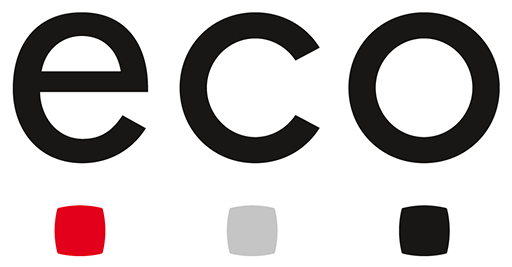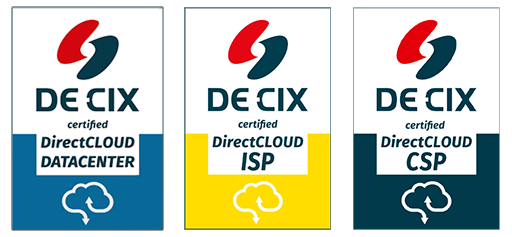TCP/IP Network
A TCP/IP network is a data transmission network built on the TCP/IP (Transmission Control Protocol / Internet Protocol) protocol stack. These protocols define the rules for exchanging information between devices and form the foundation of the global Internet. TCP/IP provides a standardized method for addressing, routing, and delivering data at any scale — from a local enterprise network to international communications.
Brief History
The TCP/IP protocol was developed in the 1970s as part of the ARPANET project in the United States and became the basis for the Internet’s further development. In 1983, the TCP/IP stack became the mandatory standard for all ARPANET nodes and later the foundation of global network communications.
Structure of the TCP/IP Stack
The TCP/IP model includes four layers:
- Link Layer — responsible for the physical transmission of data (Ethernet, Wi-Fi).
- Internet Layer — responsible for addressing and routing packets (IP, ICMP).
- Transport Layer — ensures reliable data delivery (TCP, UDP).
- Application Layer — contains protocols used by applications (HTTP, FTP, DNS, SMTP, etc.).
Role of TCP and IP Protocols
- IP (Internet Protocol) — delivers data packets from sender to receiver, determining their route across the network.
- TCP (Transmission Control Protocol) — ensures reliable data transmission, verifies packet integrity, and manages retransmission of lost packets.
Examples of Use
TCP/IP networks are used for Internet connections between computers, smartphones, and servers; in local corporate networks (LAN) using IP addressing; in Virtual Private Networks (VPN) operating over TCP/IP; and in the Internet of Things (IoT), where devices exchange data via the IP protocol.
TCP/IP networks form the backbone of the modern digital world, providing a unified communication standard between billions of devices. Thanks to their universality and resilience, this technology remains a key element for both the Internet and private corporate networks.
Frequently Asked Questions
The OSI model is a theoretical seven-layer model describing the interaction of network protocols. TCP/IP is a practical four-layer implementation used in real networks.
Yes. TCP/IP is a universal standard supported by all modern operating systems, including Windows, Linux, macOS, Android, and iOS.
Yes. The Internet is entirely based on TCP/IP, and any device connected to it must use these protocols.
UDP is faster because it does not perform delivery verification, but it is less reliable. TCP is slower but guarantees accurate and complete data transmission.






